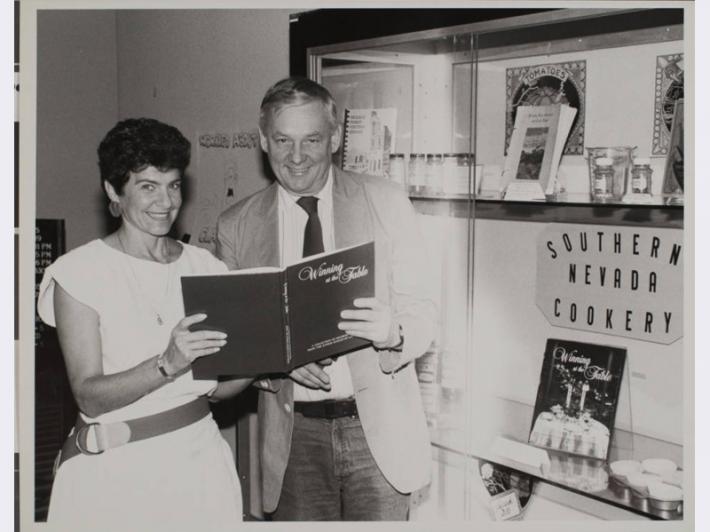Marta Sorkin

Marta Sorkin is a member of the Las Vegas, Nevada Jewish community and a longtime employee and supporter of the University of Nevada, Las Vegas (UNLV) libraries. She grew up in Far Rockaway Long Island, New York and worked as a model in New York City before moving to North Hollywood, California with her parents and her daughter. At age 29 she enrolled at Los Angeles Valley College, where she earned her associate’s degree. Sorkin moved to Las Vegas after she married her second husband Ralph. She earned bachelor’s and master’s degrees from UNLV and starting working for the University Libraries around 1980. She worked in reference services for 23 years and also helped to establish library services for the newly established UNLV School of Dental Medicine. Shortly after arriving in Las Vegas, Sorkin became involved in the Preservation Association of Clark County and the preservation of the Las Vegas Mormon Fort. She also volunteered for the Jewish Federation of Las Vegas, serving as the women’s division chair of campaign fundraising and a board member for nine years.
Source:
Sorkin, Marta. Interview, 2009 March 2. Transcript. OH-01736. Oral History Research Center, Special Collections, University Libraries, University of Nevada, Las Vegas. Las Vegas, Nevada.
View Related Items View Oral History







